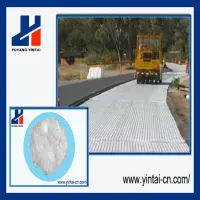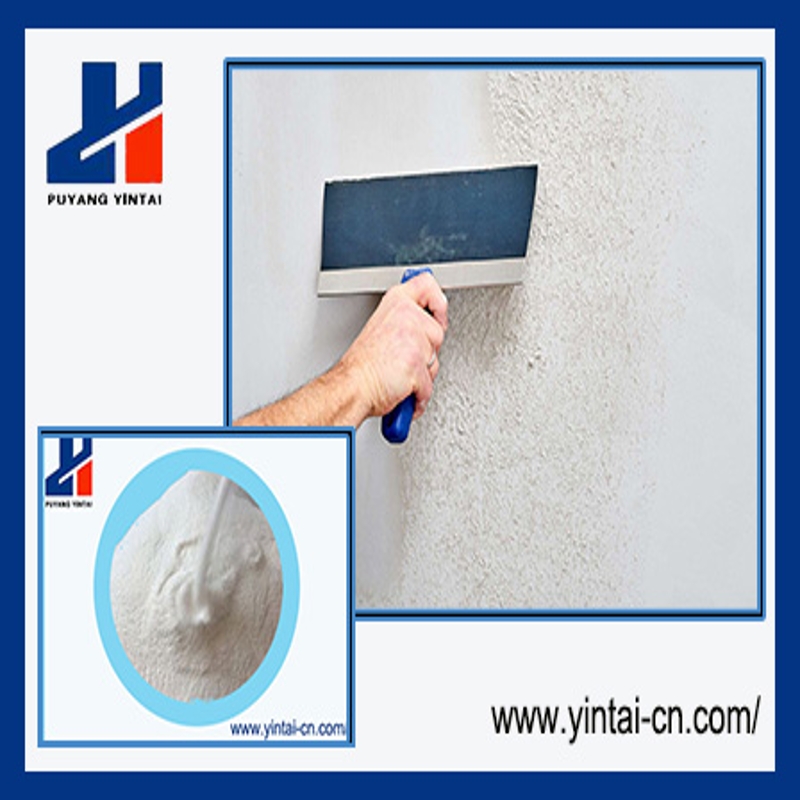-
Categories
-
Pharmaceutical Intermediates
-
Active Pharmaceutical Ingredients
-
Food Additives
- Industrial Coatings
- Agrochemicals
- Dyes and Pigments
- Surfactant
- Flavors and Fragrances
- Chemical Reagents
- Catalyst and Auxiliary
- Natural Products
- Inorganic Chemistry
-
Organic Chemistry
-
Biochemical Engineering
- Analytical Chemistry
- Cosmetic Ingredient
-
Pharmaceutical Intermediates
Promotion
ECHEMI Mall
Wholesale
Weekly Price
Exhibition
News
-
Trade Service
The key to the catalytic supercritical water oxidation CSCWO technology is to develop a catalyst with high temperature resistance, high activity and high stability
.
Commonly used catalysts mainly include precious metals, transition metals, rare earth metals and their oxides, composite oxides and salts
In the homogeneous catalytic supercritical reaction system, the catalyst and the treated wastewater are mixed together.
In order to avoid the secondary pollution of the environment caused by the loss of the catalyst and the resulting economic loss, it is necessary to recover the catalyst from the treated wastewater.
Follow-up treatment, which further increases the cost of wastewater treatment
.
Therefore, people have become more interested in heterogeneous catalytic reactions
After more than 20 years of research, supercritical water catalytic oxidation has been successfully used in the treatment of toxic wastewater and difficult-to-degrade printing and dyeing wastewater
.
At present, there have been reports on the catalytic supercritical water treatment of aniline , nitrobenzene , phthalic acid and other toxic organic pollutants containing benzene ring and azo groups contained in printing and dyeing wastewater
Selection of CuSO .
4 , of FeSO .
4 , of MnSO .
4 and other metal salts homogeneous supercritical Catalytic oxidation of aniline was found that several catalysts have good catalytic effect, wherein manganese sulfate and ferrous sulfate best order of MnSO .
4 for Take the catalyst as an example.
Under the conditions of 450°C, 28MPa, and pH=4.
0, when the residence time is 46s, the total organic carbon (TOC) removal rate reaches 100%
.
The supercritical water oxidation mechanism study of phenol with CuO as the catalyst showed that the catalyst increased the conversion rate of phenol and the output of carbon dioxide , and the addition of the catalyst increased the generation rate of phenol radicals, thereby increasing the conversion rate of phenol; In SCWO, when MnO2 and CuO catalysts supported on Al 2 O 3 were used to oxidize phenol, it was found that the conversion rate reached 100% under the conditions of 388℃, 250atm, and residence time of about 1.
81s, and the yield and selectivity of CO 2 were both 100%
.
Using CuO/γ-Al 2 O 3 and MnO 2 /Al 2 O 3 as catalysts and H 2 O 2 as oxidant, the experiment results of supercritical water oxidation of p-aminophenol in a continuous flow fixed bed reactor show that CuO and MnO catalyst for p-aminophenol oxidative degradation has a significant role in promoting the removal rate increases with p-aminophenol reaction temperature and pressure, to extend the residence time is increased, under 24 ~ 26MPa and 400 ~ 450 ℃ conditions, The COD removal rate can reach more than 99% in a few seconds, and the catalytic effect of the catalyst CuO/γ-Al 2 O 3 is better than that of MnO 2 /Al 2 O 3 , which proves the high efficiency of the catalytic supercritical water oxidation technology
.
Nitrogen-containing organics often form intermediate product ammonia in SCWO, and the continued oxidation of ammonia is very difficult
.
The study found that under non-catalytic conditions, the conversion rate of ammonia under the conditions of 680℃, 24.
CSCWO technology can completely mineralize organic matter, but there are still some technical problems in its treatment process, such as harsh reaction conditions of high temperature and high pressure, strong corrosiveness to the reactor during the reaction process, blockage of inorganic salts, and operating costs.
It is a challenging problem that hinders the industrialization of supercritical water oxidation technology
.
At present, the research on CSCWO treatment of wastewater is rising day by day, and it has become one of the main development directions of SCWO technology







